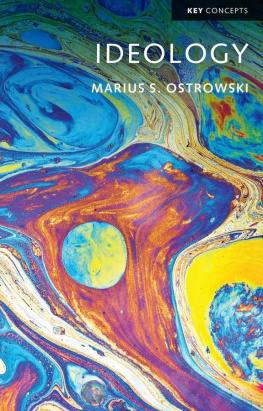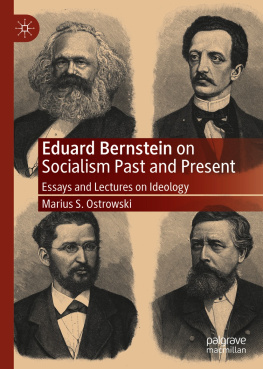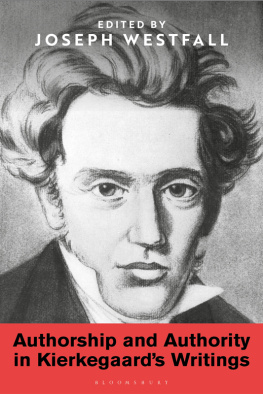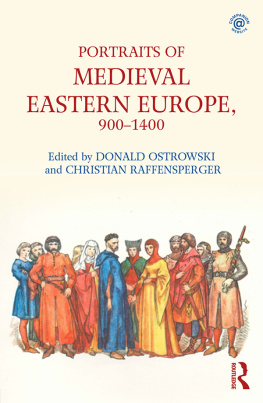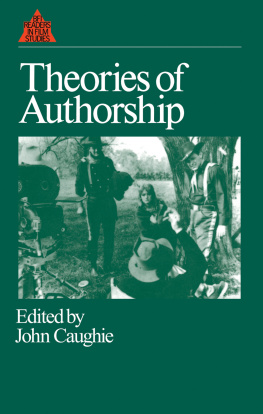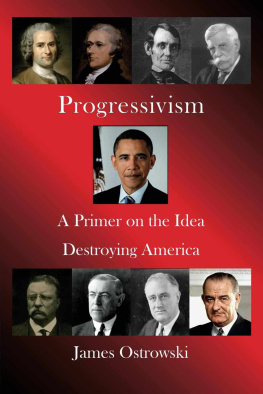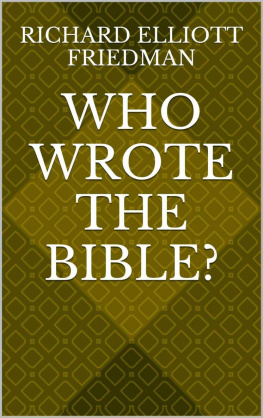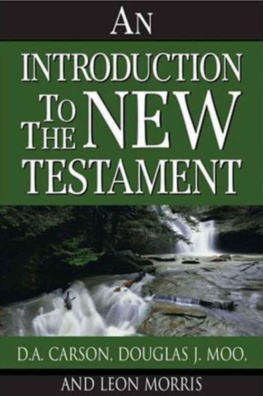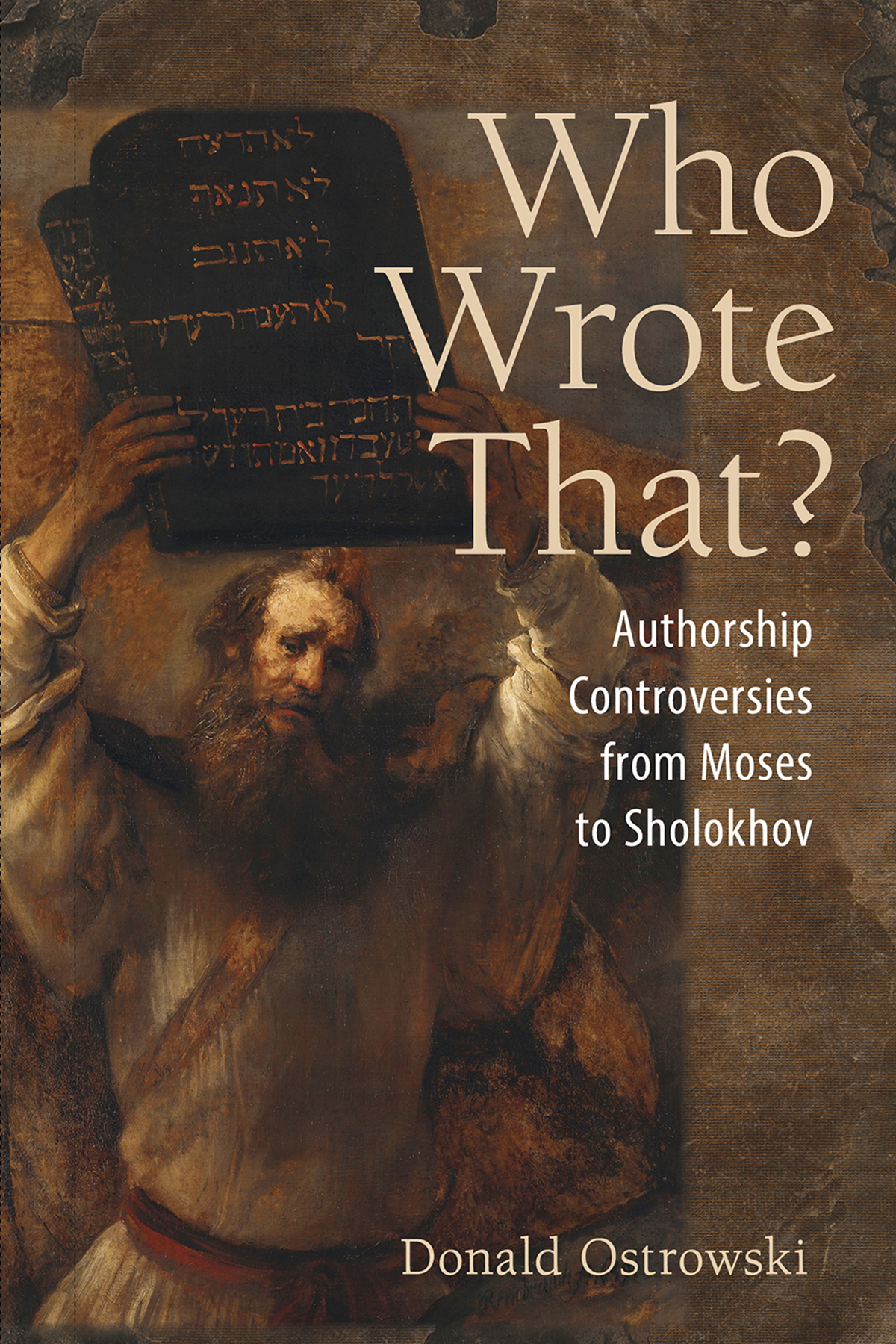The book manuscript that I originally submitted to Northern Illinois University Press for consideration was a comparison of the William Shakespeare and Andrei Kurbskii authorship controversies. I half expected it to be turned down because university presses in general have tended to steer clear of any whiff of the Shakespeare controversy. To my surprise, acquisitions editor Amy Farranto and series editor Christine Worobec did not reject the manuscript out of hand but wondered about the potential market. With their concern in mind, I proposed increasing the number of controversies discussed while abridging the Shakespeare and Kurbskii sections to chapter length. I owe a huge debt of gratitude to both of them for agreeing to my unusual idea for this book in the first place.
I also have to single out Amy for special praise for allowing and obtaining leeway in time while I worked out some of the methodological issues. She understood that I had no direct model as such on which to base this book and that I wanted to make sure that I did it the right way. Thank you, Amy, for your confidence in me.
I am also indebted to the following people for their sound advice.
Finally, there are not enough words for me to express my gratitude to Wren Coll, my long-suffering wife, for being supportive during the entire project and for allowing me to spend many, many hours at the computer and doing research for this book. I promise that I will make it up to you.
Introduction
Why This Book? Why These Controversies?
I am going to ask you, the reader, if you have not already done so, to look at the table of contents of this book and take note of your initial reaction to the choice of authorship controversies there. Perhaps you will have no reaction to some of the choices. I expect that many readers of this book will not have heard of Rashid al-Din (chapter 5) or Andrei Kurbskii (chapter 7), so they would probably have no opinion about whether these should be included (unless they think that only controversies about people they have heard of should be included). Other controversies listed there may interest you because you have heard of the people involved and might find a discussion of a controversy about their authorship to be worthwhile reading. I expect that most readers will have heard of Confucius (chapter 2) as well as Abelard and Heloise (chapter 4) although they might not be aware there is an authorship controversy involving them.
Then there could be one or more controversies listed that you do not think should be there. Your initial reaction might be that there is no controversy or that only cranks contest that persons authorship. Some people of faith could find the question of Mosess authorship of the Pentateuch (chapter 1) or the question of who wrote the Shakespearean canon (chapter 6) to be out of bounds of legitimate questioning. To be sure, I have similar feelings concerning the question of whether Morton Smith forged a letter by Clement of Alexandria, including passages that the letter writer says are from a Secret Gospel of Mark (chapter 3). My visceral feeling is only cranks have contended that Smith is a forger, although my rational self struggles to understand there are individuals who are not cranks who have legitimate doubts about the authenticity of the letter. Nonetheless, I include it here. Why?
The answer has to do with the aims of this book. One of those aims is to draw attention to the arguments and methods in various fields of historical study that have been used to deal with issues of authorship attribution. In the 1970s, I became interested in the authorship question pertaining to Tsar Ivan IV (15331584) and his erstwhile servitor Prince Andrei Kurbskii (d. 1583). The two of them supposedly had a correspondence with each other, but their authorship of those letters, as well as other works attributed to them, was challenged in 1971 by a specialist on early modern Russian history. The mainstream scholarship in the field of Russian studies has generally rejected that challenge and continues to hold the traditional attribution to be correct. In the process of the back and forth between the contending sides, however, one has seen a great deal of new research being done, new discoveries made, and new interpretations advanced, all instigated to a greater or lesser extent by that one historians detailed expression of skepticism.
In the 1990s, I found myself becoming more and more interested in the challenge to the attribution of the Shakespearean canon to Kurbskii and Ivans contemporary William Shakespere (15641616). Likewise, this challenge has been rejected by mainstream English literature scholarship. Yet, the accusations back and forth also motivated new research, discoveries, and interpretations, despite the efforts of those in the mainstream scholarship to deny there was any controversy.
But then I also noticed two other things. First, there were similarities in the types of arguments used by the defenders of the traditional attributions to Ivan IV, Andrei Kurbskii, and William Shakespere, on one hand, and the arguments used by those who challenged the traditional attributions to those individuals, on the other. Second, no one involved in either the Shakespeare authorship controversy or the Ivan IVKurbskii authorship controversy seemed to be aware they were arguing in parallel, often using the same techniques to advance their respective positions. As I looked into other authorship controversies, I found, with only a few exceptions, what appears to be silo scholarship.By that I mean there is virtually no citation of similar work being done on topics of authorship attribution in other historical periods or in other areas of the world. The scholars who discuss these issues seem intent, for the most part, on trying to reinvent the wheel (or methods of ascertaining authorship) within their own field of expertise. Yet, one cannot fault them for this, for there is no field of study or even textbook on authorship attribution in general and nothing for them to refer to.


